Proteins Molecules that Make Life Work

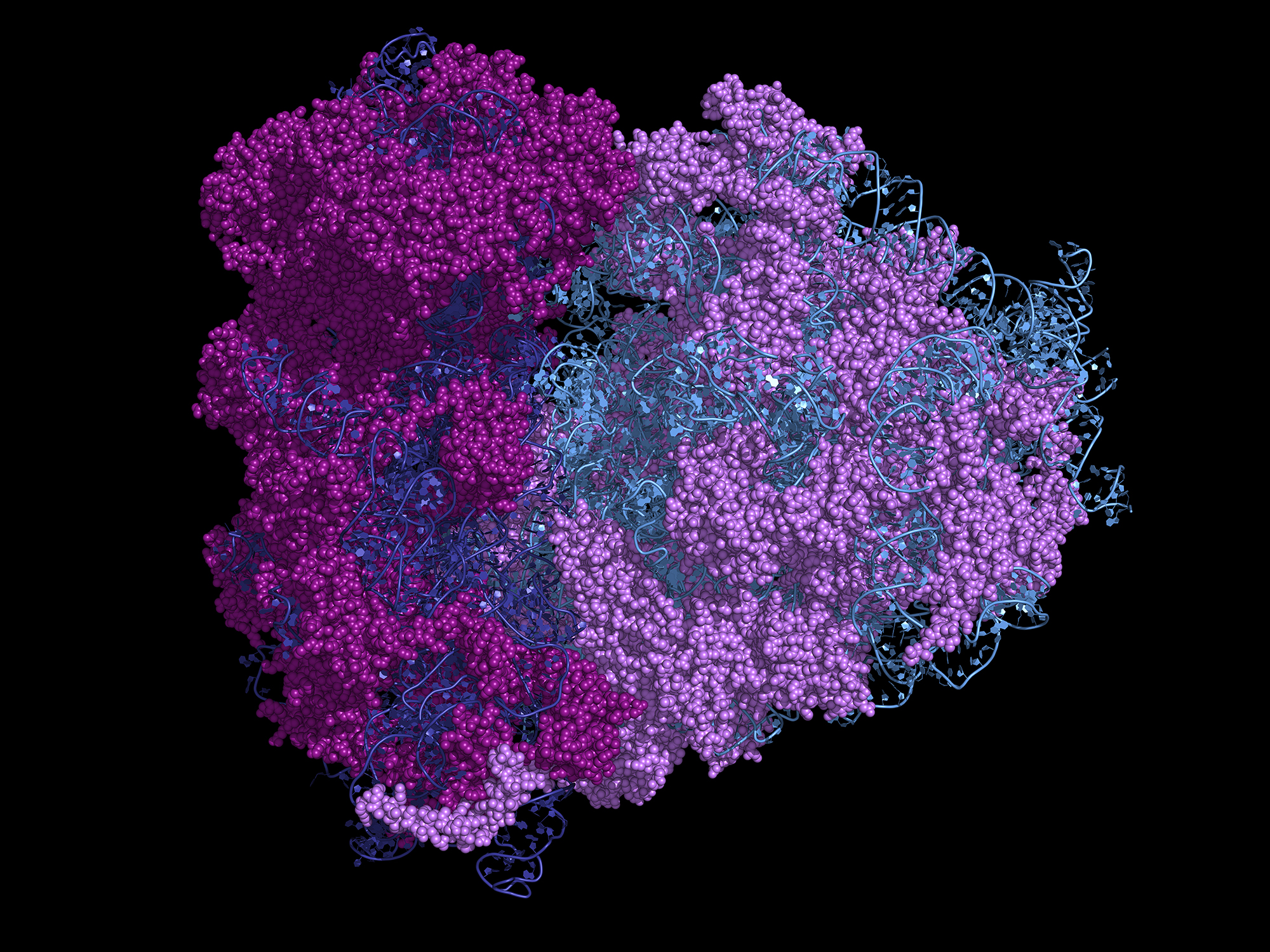
Proteins Outcomes
-
Describe the structure of proteins, including what they are made up of.
-
Explain why folding of a polypeptide is important for protein function.
-
Provide examples of how transcription and translation can be disrupted.
From your lecture and activity, polypeptides are chains of _________,
and polypeptides are folded to make functional __________.
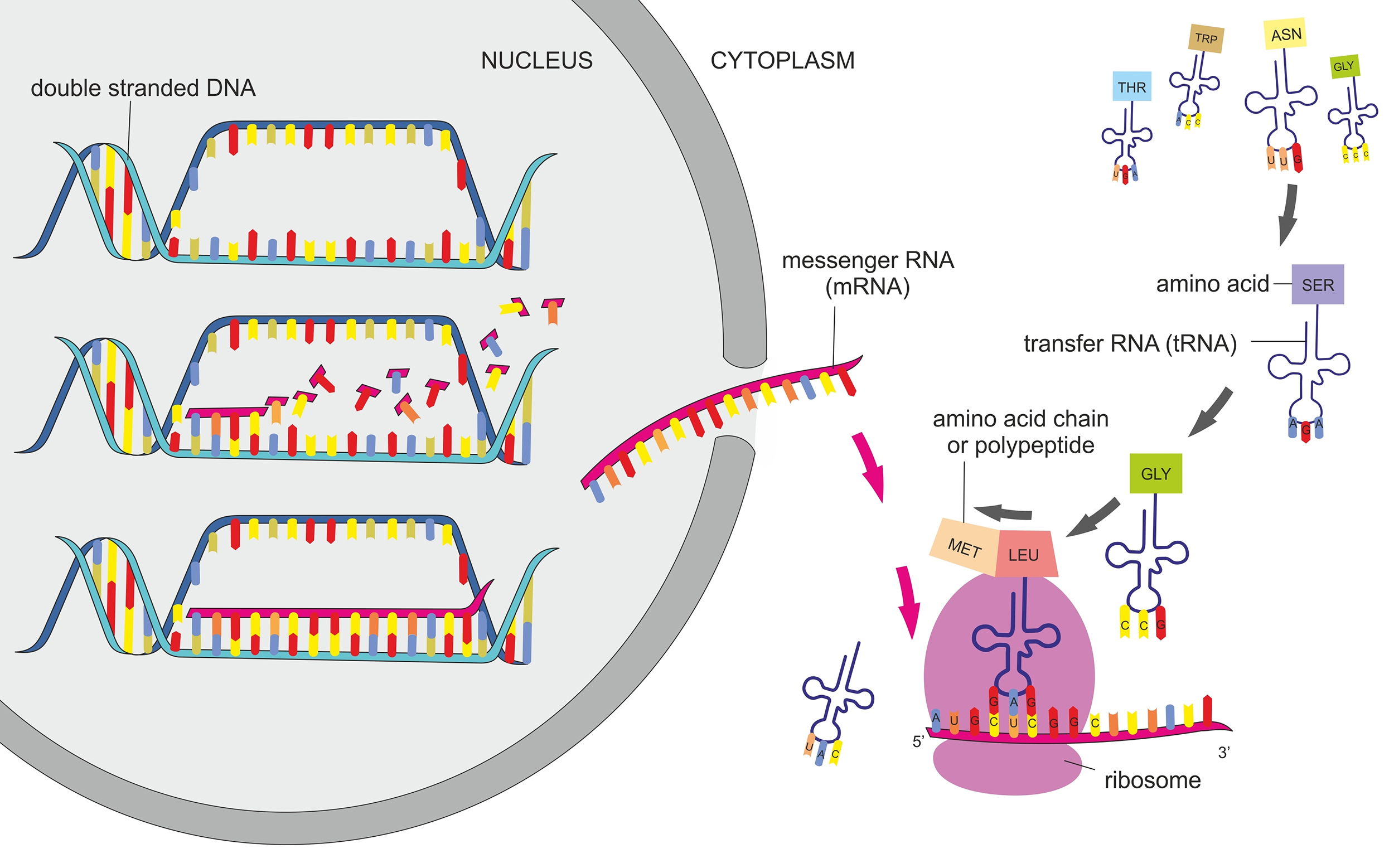
Proteins are complex molecules that are involved in all functions of life. If you point to any structure or function in an organism, a protein is somehow involved directly or indirectly.
For example, animal skin contains a variety of proteins, including collagen and keratin. From your lecture notes, list four different examples of proteins, including their functions.
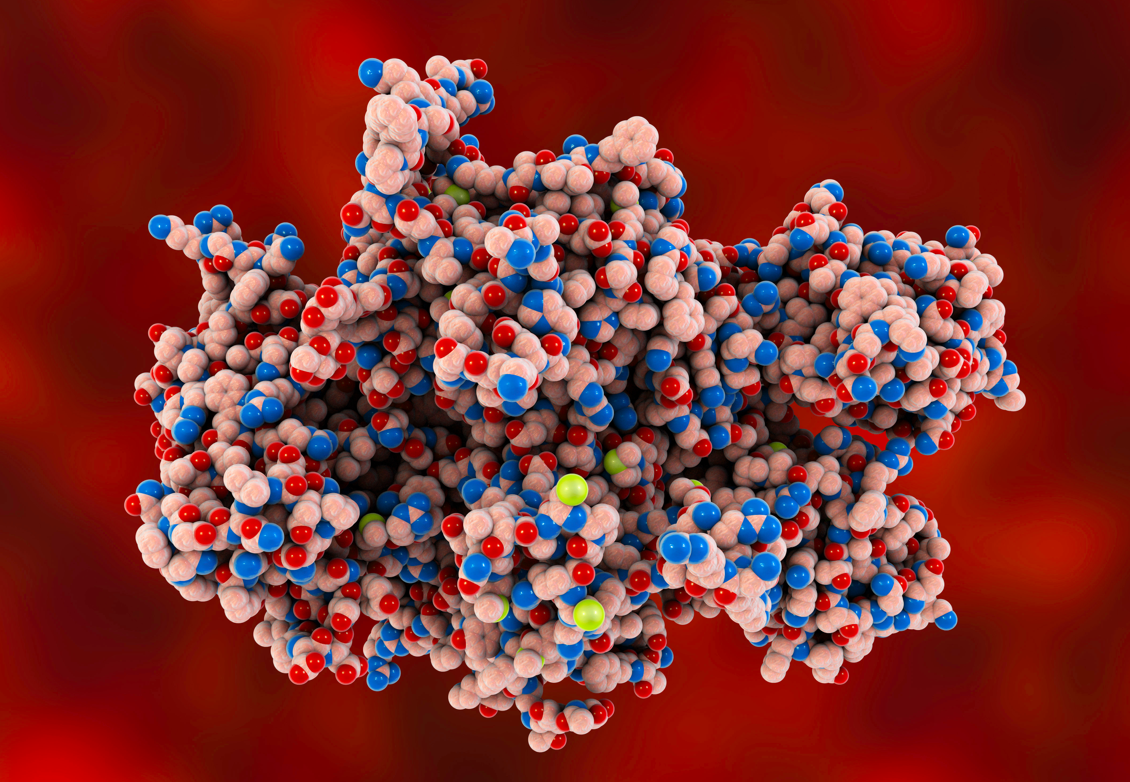
Polypeptides, the chains of amino acids produced by translation, are folded into three-dimensional structures. In some cases the folding is minimal; in other cases the folding is elaborate.
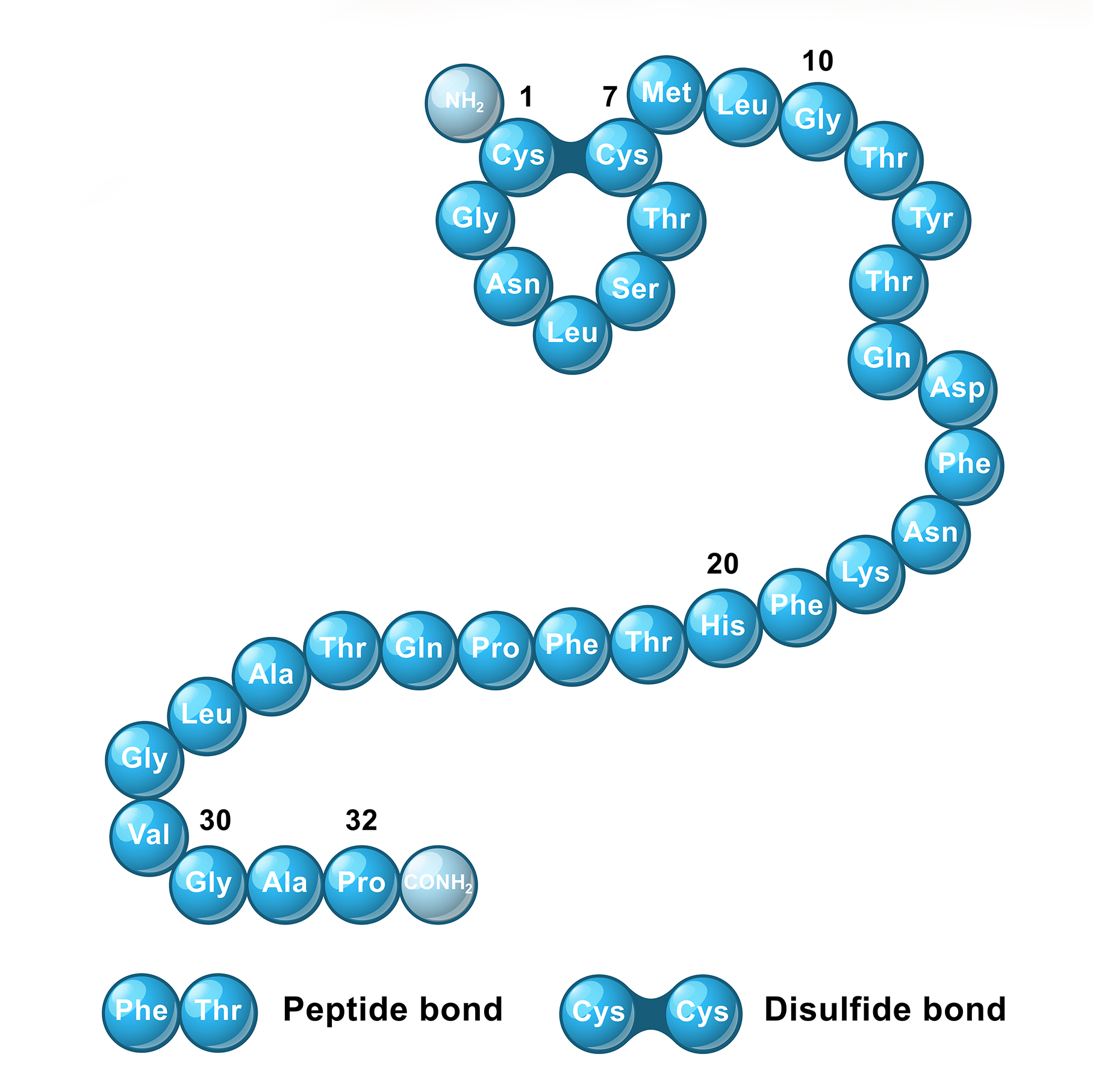
Calcitonin
Calcitonin is a barely-folded polypeptide chain that plays an important role in regulating calcium in fish, reptiles, birds, and mammals.
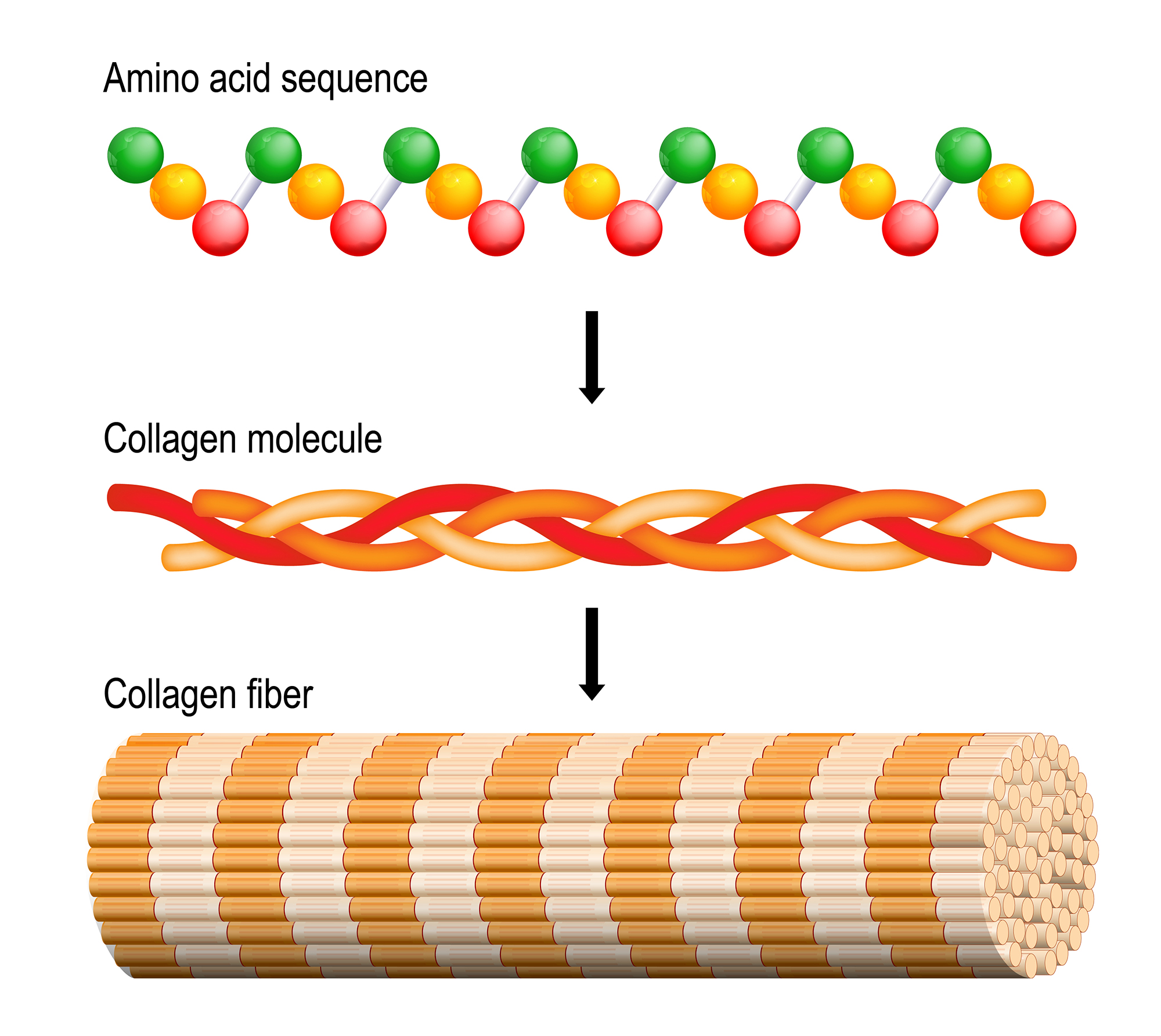
Collagen
Collagen is coiled and bundled to produce tissue strength and flexibility in vertebrates, especially mammals.
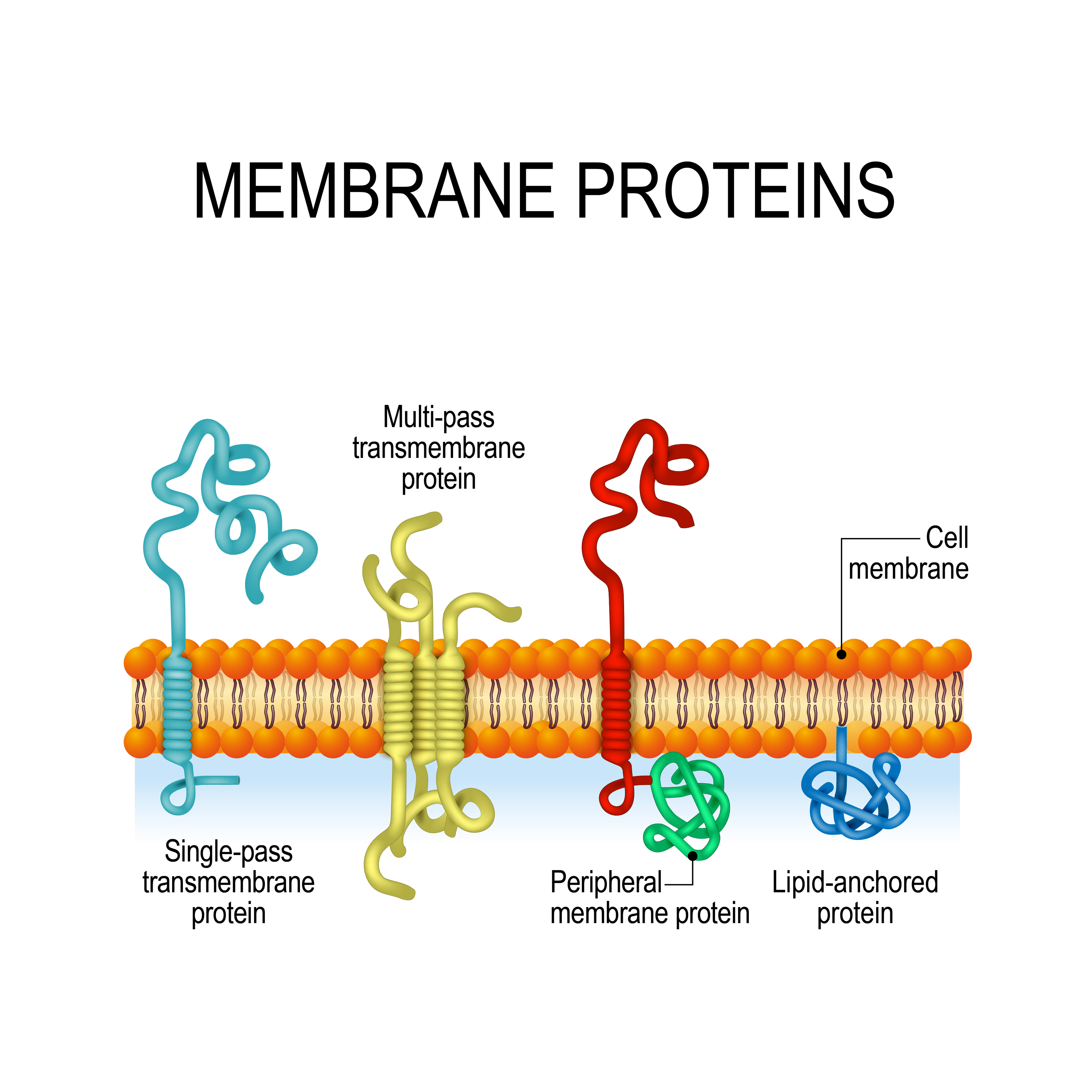
The shape of the final protein impacts what it can do. For example, the proteins in this image embed in the membrane of a cell. Their shape determines what can pass through them. If these proteins are not folded correctly, they can not freely transport necessary materials into the cell.
Prions are miss-shaped proteins that can accumulate excessively and cause disease. Some even pass between species.
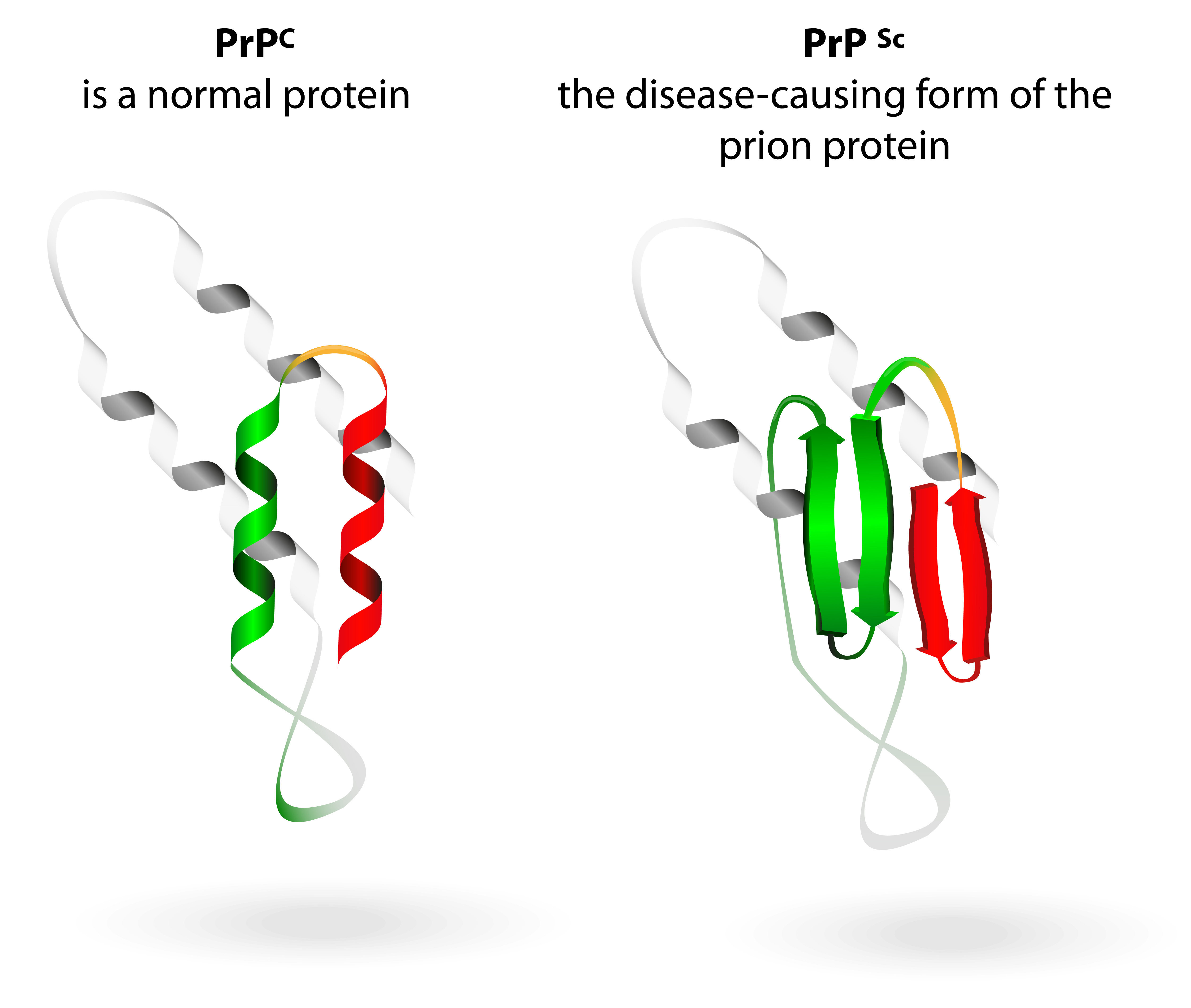
To get an idea of how critical proteins are for survival, let\’s take a look at two examples of what can happen when protein synthesis is disrupted.

Some antibiotics work by blocking transcription, so RNA copies of a gene region of DNA are not made. Without the mRNA, amino acids cannot be assembled into a polypeptide, and the bacteria die without their required proteins.

Ingestion of the Death Cap Mushroom (Amanita phalloides) blocks translation, especially in liver cells. The cells stop making adequate amounts of proteins, and the entire organ can rapidly fail, leading to death of the individual.
This species originated in Europe and has now spread to their regions of the world. Be careful in identification when collecting and ingesting wild mushrooms.
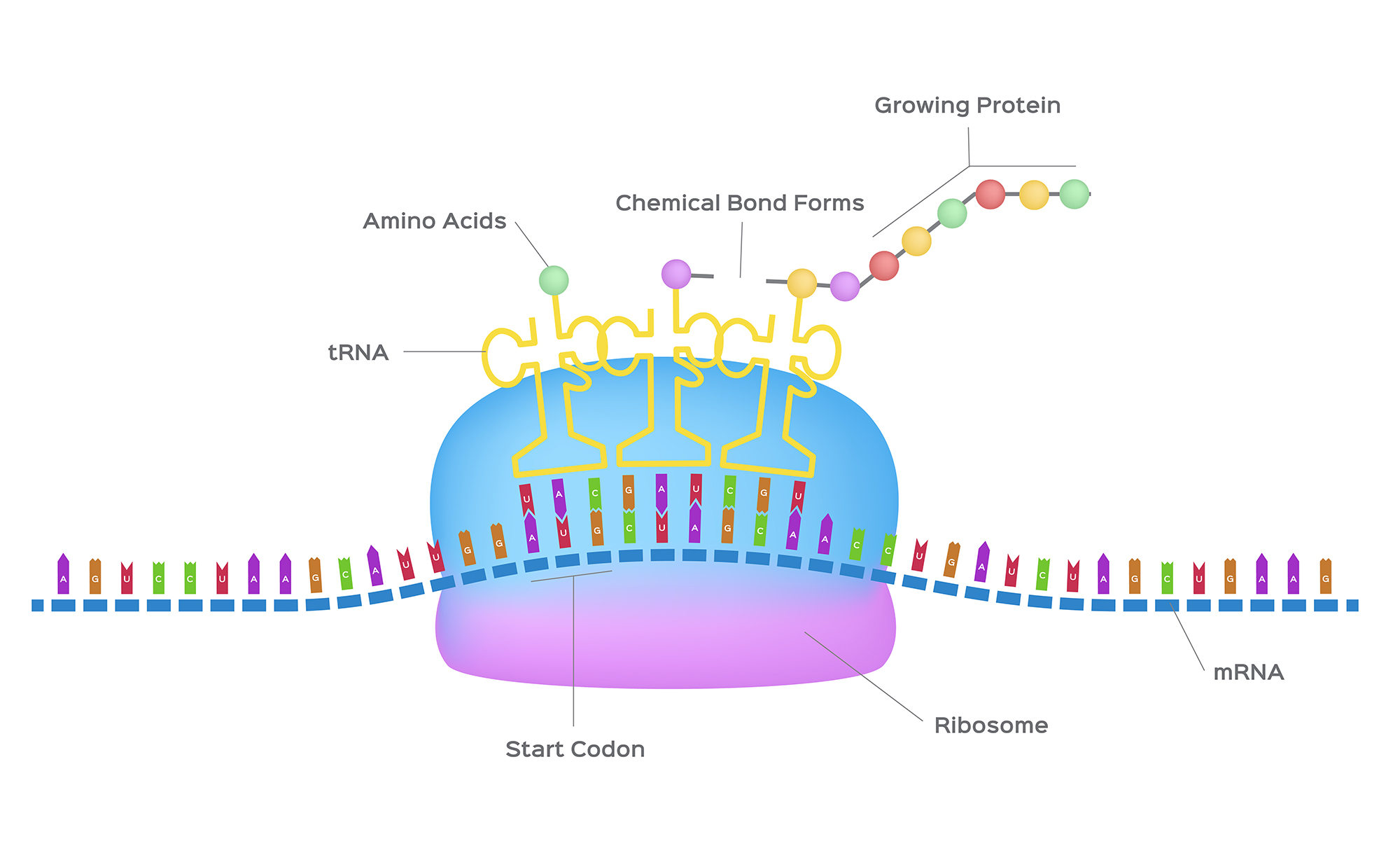
Check your knowledge. Can you:
-
describe the structure of proteins, including what they are made up of?
-
explain why folding of a polypeptide is important for protein function?
-
provide examples of how transcription and translation can be disrupted?